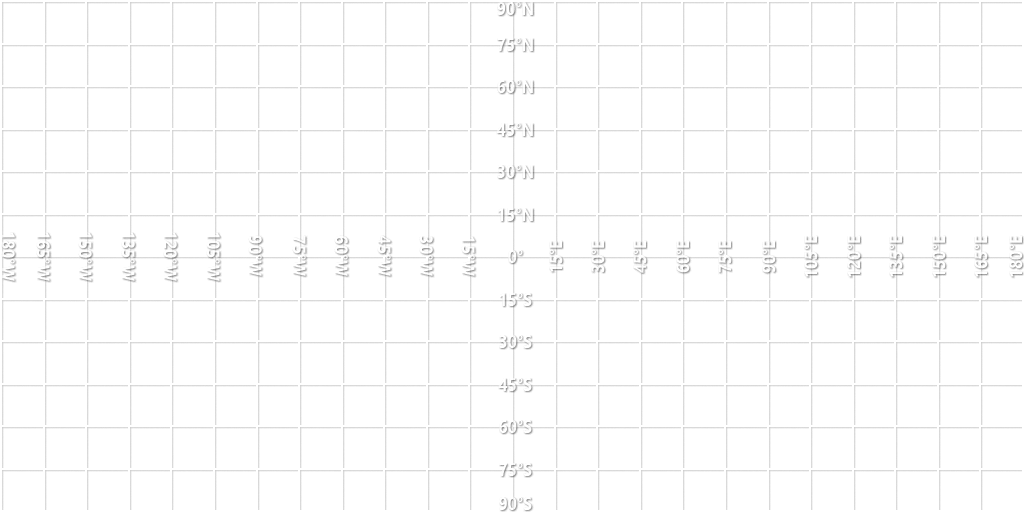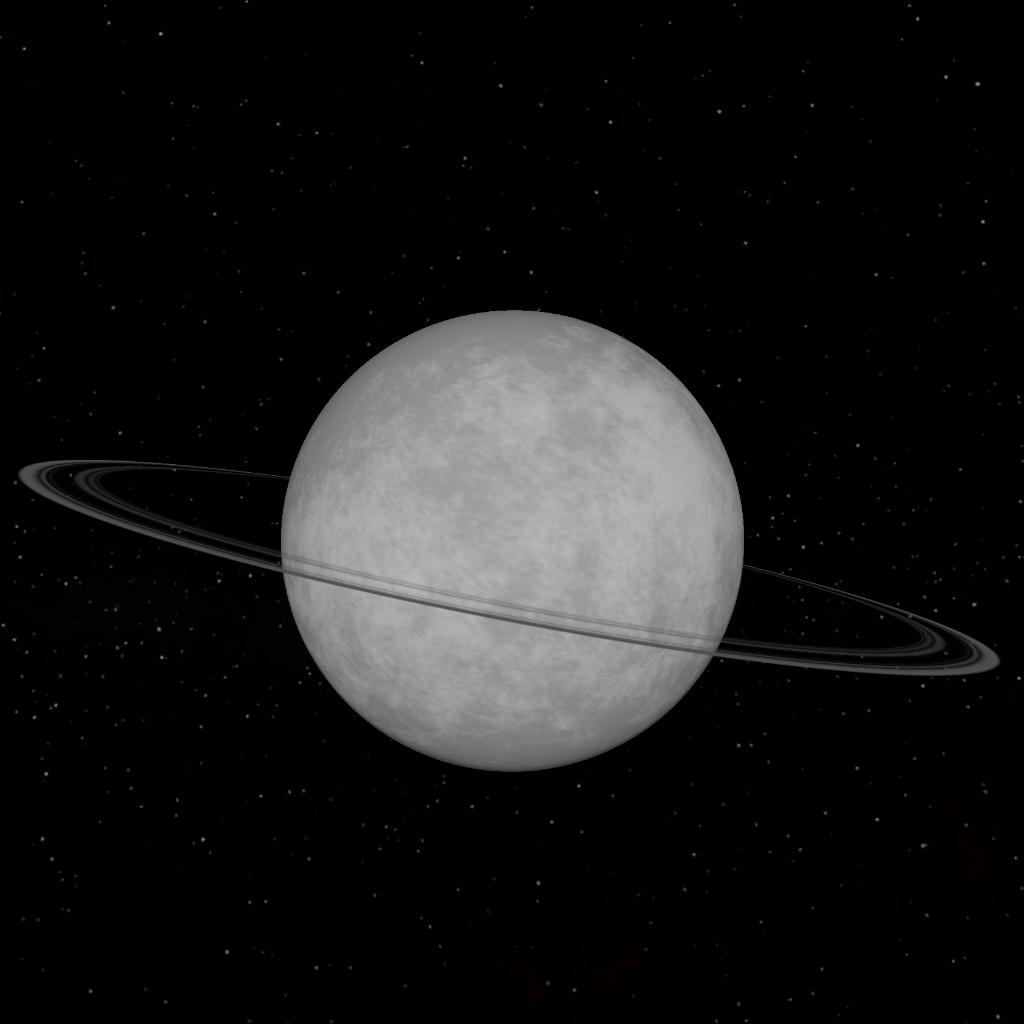Rhea (/'ri?.?/) is the second-largest moon of Saturn and the ninth-largest moon in the Solar System, with a surface area that is comparable to the area of Australia. It is the smallest body in the Solar System for which precise measurements have confirmed a shape consistent with hydrostatic equilibrium. Rhea has a nearly circular orbit around Saturn, but it is also tidally locked, like Saturn's other major moons; that is, it rotates with the same period it revolves (orbits), so one hemisphere always faces towards the planet.
The moon itself has a fairly low density, composed of roughly three-quarters ice and only one-quarter rock. The surface of Rhea is heavily cratered, with distinct leading and trailing hemispheres. Like the moon Dione, it has high-albedo ice cliffs that appear as bright wispy streaks visible from space. The surface temperature varies between -174 °C and -220 °C.
Rhea was discovered in 1672 by Giovanni Domenico Cassini. Since then, it has been visited by both Voyager probes and was the subject of close targeted flybys by the Cassini orbiter in 2005, 2007, 2010, 2011, and once more in 2013.
GENERAL INFO
- Created On: iOS
- Game Version: 1.3.204.1
CHARACTERISTICS
- Radius: 764 km
- Sea Level: None
- Surface Gravity: 0.4 m/s
- Rotational Period: 10h
- Escape Velocity: 781.7 m/s
- Mass: 3.5E+21kg
Atmosphere
- No Atmosphere
EQUIRECTANGULAR MAP

2 Comments
- Log in to leave a comment
-
+1 6 months ago
The hypothesis that Saturn's moon Rhea has rings has been disproven. Initial observations by the Cassini probe suggested a ring system based on the presence of a dust halo and ultraviolet-bright spots. However, subsequent, more definitive searches using Cassini's narrow-angle camera failed to find any evidence of ring material. The conclusions from these searches were that Rhea does not have rings, and the observed depletion pattern is likely due to interactions between Rhea and Saturn's magnetosphere.


@EternalisUC aww man